Unfortunately, dishonesty, stealing and thievery are a large part of developed civilization and are impossible to eliminate. Unless each person in a community owns an equal amount of possessions and are all completely satisfied with their belongings, robberies and theft remain a part of life no matter where you are. But to counteract these acts of selfishness and greed, human ingenuity and inventiveness developed a highly successful method of security—locks. Not only do they provide individuals with safety and protection against burglaries, locks provide a comforting daily ritual, creating peace of mind that comes with knowing you and your belongings are safe.
These simple machines date back to at least 4,000 years ago, with the first Egyptian wooden pin-tumbler lock system. Once metal smithing was available, many locks were developed all over the world. Since they were largely isolated, different countries created locking systems that were similar in function but ranged significantly in design. Padlocks came from Asia, plate latches from England, elbow latches from the Dutch, and mortise locks with lever handles were of French design. In the 18th century, lock picking became a popular profession of the poor. To counteract expert lock pickers, tampering prevention advancements were made, including puzzle padlocks and curtain close cuts around keyholes.
After the industrial revolution, lock smithing became an automated process that led to the modern locking systems we use today. In 1861, a year that signified major advancements in lock design, American inventor Linus Yale created the first cylinder lock, which is the most common type currently used—a flat key with serrated edges which raises five pins. This lock system comes with millions of different combinations, meaning accidental reproduction is never a problem. Combination locks, which date back to the 16th century, are the other familiar type of lock still used. Its simple design still stumps thieves and protects safes, vaults, bicycles and small motorized vehicles. It is composed of rings or tumblers threaded on a spindle that will only open if all of them line up the right way. There are literally millions of combinations, and unless the intruder knows the exact combination, they aren’t cracking the code.
Recently, modern technology has put a new spin on lock and security systems, combining traditional locking methods with electronics. Many modern locks use combinations and spring loaded buttons or plastic key cards that have been magnetized and raise a series of pins to open a door. Their main advantage over traditional lock-and-key systems allows them to be reprogrammed easily as many times as necessary. Despite these newer systems, locks are an invention that have not significantly changed in design or function since the very first patent. As economies advance and societies progress, traditional lock systems remain effective.
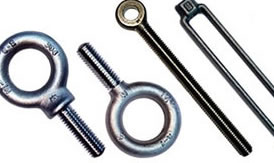 Bolts
Bolts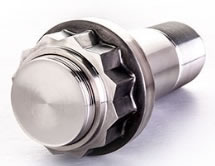 Fasteners
Fasteners Gas Spring
Gas Spring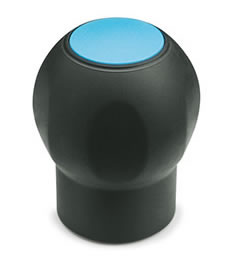 Handles
Handles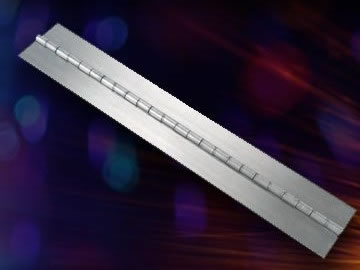 Hinges
Hinges Latches
Latches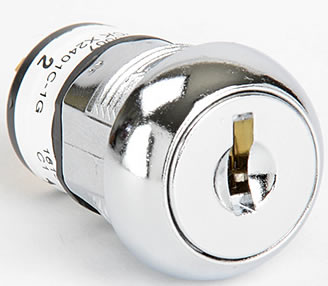 Locks
Locks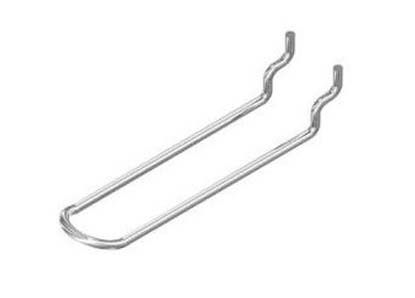 WIre Hooks
WIre Hooks Castings & Forgings
Castings & Forgings Bulk Material Handling
Bulk Material Handling Electrical & Electronic Components
Electrical & Electronic Components Flow Instrumentation
Flow Instrumentation Hardware
Hardware Material Handling Equipment
Material Handling Equipment Metal Cutting Services
Metal Cutting Services Metal Forming Services
Metal Forming Services Metal Suppliers
Metal Suppliers Motion Control Products
Motion Control Products Plant & Facility Equipment
Plant & Facility Equipment Plant & Facility Supplies
Plant & Facility Supplies Plastic Molding Processes
Plastic Molding Processes Pumps & Valves
Pumps & Valves Recycling Equipment
Recycling Equipment Rubber Products & Services
Rubber Products & Services